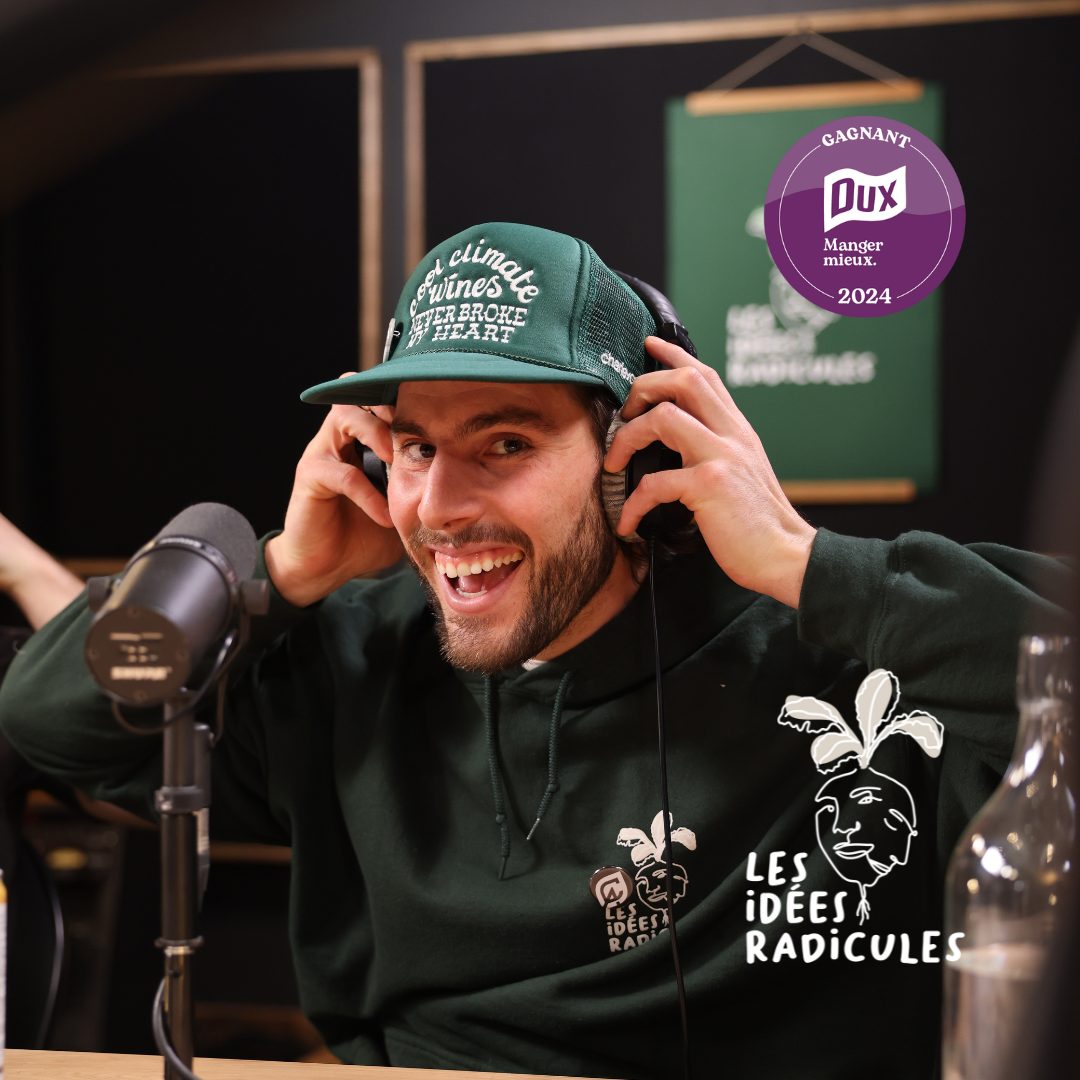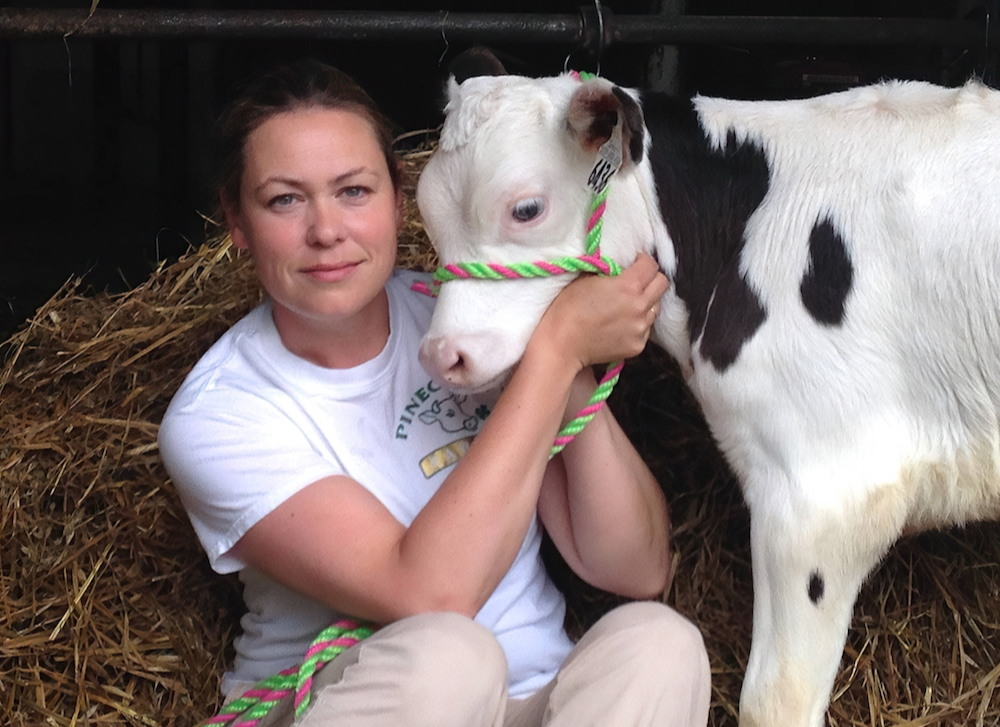Plant tamer
There are those people whose destiny seems to be mapped out from the very first day. This is the case of Annie Claessens. Born in Léry, on the shores of Lake Saint-Louis and Route 132, the young girl grew up between the Îles de la Paix wildlife reserve and the Ecological Center which bears the name of the famous biologist Fernand Seguin. You would almost believe that it was through osmosis that Annie herself became a biologist.
A researcher in forage plant genetics and biomass for Agriculture and Agri-Food Canada, the McGill graduate has 46 scientific publications to her credit. For ten years, Annie has worked hard to give alfalfa, timothy and several other types of grasses a chance to better resist our changing winters, drought, and increasing CO 2 and root diseases. It is so attached to its roots, that it is in Saint-Nicolas – still and always on the banks of the river and the 132! – that it carries out its work in collaboration with a multidisciplinary group for whom soil microbiology and animal nutrition are also part of the equation.
One thing is certain, to tackle the specificities of each plant, to find the markers necessary to obtain cultivars that are better adapted to the needs of producers, you must not be short of breath. This requires ten to fifteen years of cross-pollination efforts to hope to pinpoint the character and phenotype that will lead to the selection we are seeking to implement. And that's without counting a good five years of fundamental research beforehand. This is very long-term work. Impatient, please refrain!
“ It’s not just one plant that needs to be found, but an entire population. We must select several specimens which have the desired character and which are capable of passing it on to their descendants. For this to happen, we need plants that have as many alleles as possible. When we manage to obtain four alleles for each gene, we know that the plant's descendants will maintain the character that we want to see transmitted. It's quite a challenge. »
Annie Claessens even tries to train her grasses to hibernate later in the fall when the light decreases. It forces them to grow a little longer in the season while storing reserves to get through the winter. Besides, just because she has a sweet tooth doesn't mean Annie also wants alfalfa to increase her carbohydrate concentration. She hopes that good plant growth will have an impact on animal health, milk composition and meat production.
A well-ordered charity starting with oneself, we better understand part of her interest in her research when we know that Annie Claessens owns the Phylum dairy farm with her partner Patrick Soucy. No less than 60 beautiful jerseys treated with small onions with very fatty herbs. Enriched grasses that make the microorganisms in their rumen purr and help them boost milk proteins. A homemade diet that not only allows his four teenagers to drink glasses of 5.9% milk, but also to create tasty cheeses on site. Soft, firm and fresh pasta that the couple has been offering for three years on the farm.
As if all the activities carried out by the researcher, producer and mother did not fill her life to the brim, Annie adds that the couple develops one or two new products every year. Right now it's a recipe for dulce de leche with milk from Saint-Nicolas jerseys that she simmers. With velvety caramel in her forelock, still happy that she can count on a milking robot, a dishwasher and laboratory assistants to replenish her strength day after day.






